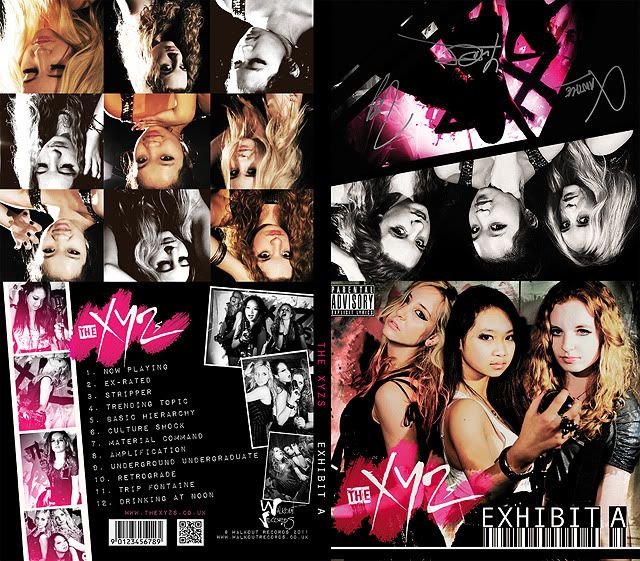Thursday, 22 September 2011
Postmodernism & Intertextuality: Hollywood - Michael Buble
As you can see from the video above, Michael's video for Hollywood is filled with intertextual references, with references to movies, singers, actors and Hollywood in general. Here's a quote from Michael himself, explaining the song and the concept behind the video:
[Hollywood is a] "tongue-in-cheek statement on the culture of celebrity... People will do anything for their 15 minutes, and you have to remember who you are and why you wanted it. At the end of the day, you should be careful: You might get what you wish for."
"You can see how much fun I had playing these characters. This video is about celebrity culture and people’s dreams about fame… And of course a reminder that it’s important to remember what’s real and what isn’t."
In the video, Michael walks from set to set visiting various versions of himself reinacting different scenes and famous people. The first lyrics of the song are 'Could you be a teenage idol, could you be a movie star, when l turn on my tv will you smile and wave at me telling Oprah who you are.', and this is translated straight onto screen with himself dressed up as Justin Bieber on a set which looks very similar to 'Oprah'. The styling - with the hoodie, purple tee and trainers - and the acting - the dancing at the beginning and the famous hairflip - have been done/directed perfectly, showing the audience exactly who he is meant to be impersonating. The fact that he decided to parody Justin Bieber in my view expands his target audience; to the millions of teenage girls who love Justin, and the many teenagers who don't (the ones who aslo enjoy mocking him).
Next in the video Michael impersonates Hollywood stars on the whole: the drunk rockers and the A-list superstars. For his 'drunk rocker' image he has long hair, bright clothing, and two blonde girls on either side. This shows the image of celebrities being sort of drunk and sleazy all the time, with that not-caring-for-the-world attitude.
On the other hand there are the beautifully groomed A-list celebrities, with their white shirts, black suits, shades and shiny cars, with hundreds of paparazzi running after them to get the money shot. Here, Michael parodies them and highlights the fact that A-list celebrities can be a bit snobbish, stuck up and pretentious, with him punching the paps (which we seem to have heard stars do many times before). Also at the end of this scene of the video we hear the lyrics 'when you shoot it with a smile' and he shows a big grin to the camera, showing that celebrities have a different face to the camera than in real life; they seem lovely but are in fact rude and pretentious in real life.
Next he visits a few more sets, including himself in a red shirt in a car, in old Western gear outside a saloon, with a moustache and sunglasses in a police car, and finally in a space gear. The first is actually parodying James Dean, with his number 130 car, the second is any classic Western film, The Good, The Bad & The Ugly and Clint Eastwood in particular, the third is parodying old cop shows and Starsky & Hutch, and the last is any astronaut or space related films. By dressing up as these characters, I feel that Michael is not only showing his fun side but also targeting his older male audience, with films or icons many men enjoy/aspire to be like.
Overall, I think that this music video works really effectively by being funny and entertaining to watch as well as targeting a wide audience. The fact that he references/dresses up as so many familiar and famous characters makes the video funny and a talking point, yet still linking well with the lyrics and the meaning of the song. The video also shows artist identity: it shows Michael as a fun guy with a good sense of humour, which any fan or anyone who's been to any of his concerts can tell you he is. The wide range of characters he dresses up as - from teen idols to male icons - opens up his reach, reaching to secondary audiences like teenage girls and older males, differentiating from his core audience of young/middle aged women. The pop culture references and intertextuality truly make this video what it is, and that's one of the reasons why it's made it onto my top videos list on the side of this blog!
Subscribe to:
Post Comments (Atom)






No comments:
Post a Comment